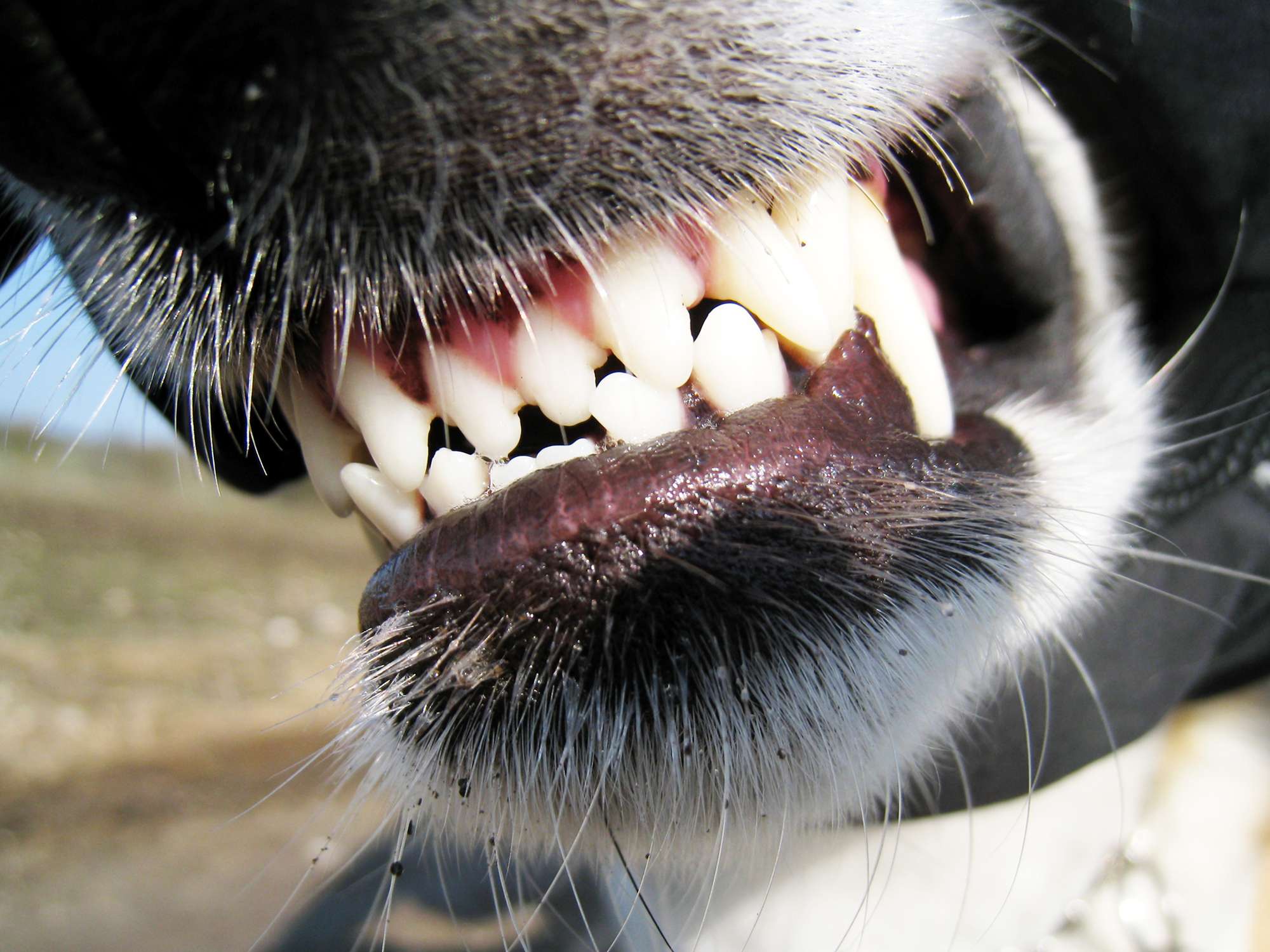Fitness
Health unit trying to reduce incidents with animals

Grey Bruce Public Health is trying to reduce the number of animal related incidents in the region.
Andrew Barton, senior public health manager with GBPH, says when it comes to incidents with wild animals, avoiding them and leaving them be is often the simplest and most fool-safe approach to not being bitten or scratched.
“The number of wild animal exposures in Grey and Bruce is certainly less than the number of exposures with pets, but there’s still a number of them that we deal with every year. Certainly, some of those are avoidable and I think really the take home message is wild animals are wild, and generally speaking they get along just fine without us, and just giving them the space they need is typically all that’s needed to avoid an incident,” Barton shared.
Barton adds oftentimes incidents that don’t involve a pet often start with people trying to be helpful, when it’s usually best to not interfere.
“What I’d say is people are trying to help. They see an animal that may be in distress, and they want to do something to help that animal. They may want to try and feed it, pick it up or re-home it, and unfortunately sometimes when that happens the animal sees it as a potential threat, and that’s when you have a bite or scratch incident,” Barton noted.
GBPH is also trying to hammer home the point that it’s very important to report any bite or scratch to the health unit, to ensure there isn’t an infection, specifically rabies.
“Although that risk is lower than it was a couple decades ago, we can’t completely eliminate that potential because it is such a serious disease and we have to do a follow-up. That’s quite easy with pets, because that’s a sort of known entity, but with wild animals, typically they’ve run away and there’s no way to tell, and we may well then, very likely actually will be looking at doing the vaccine procedure,” added Barton.
With regards to the amount of animal related incidents that are looked into by GBPH annually, Barton says the number continues to be quite high.
“Last year in total we were nearing 600 total investigations (593) and we’re probably tracking that way this year. Most of those are with pets but obviously if we can bring that number down it’s good for people and obviously for the animals, too,” Barton concluded.
Rabies is almost always fatal in people and animals once symptoms appear. Bats, skunks, foxes, and raccoons are the most common animals to have rabies in Canada.
Public Health advises residents and visitors to do the following to prevent potentially negative interactions with wildlife:
-
Stay away from wild animals and always refrain from touching, petting, or handling wildlife or keeping wild animals as pets.
-
Avoid feeding wild animals.
-
Keep pets away from wild animals and do not let pets roam unsupervised.
-
Wildlife-proof homes and yards.
-
Do not disturb baby animals.
-
Warn children to stay away from wild or stray animals.
-
Do not trap and transport wild animals to a new location.
To prevent dog bites, GBPH advises the following:
· Always ask a dog’s owner if it is OK to approach their pet, even if it’s on a leash.
· Do Not approach an unfamiliar dog.
· Do not touch a dog that’s eating, sleeping, or chewing a toy.
· Be mindful that sick or injured pets may bite out of fear or confusion.
· Steer clear of dogs that are loose or unattended or growling or barking.
· Stay quiet and still if an unknown dog approaches you.
· Recognize dog body language that could indicate a dog may become aggressive.
If bitten by a dog, try to get the owner’s name and contact information. Confirming the dog’s vaccination status can allow the person to avoid post-exposure rabies treatment.


)






